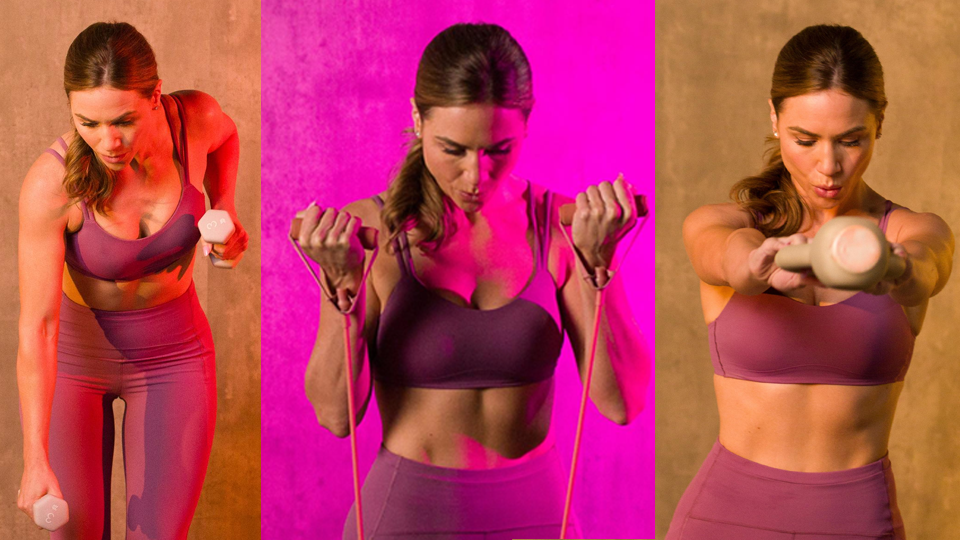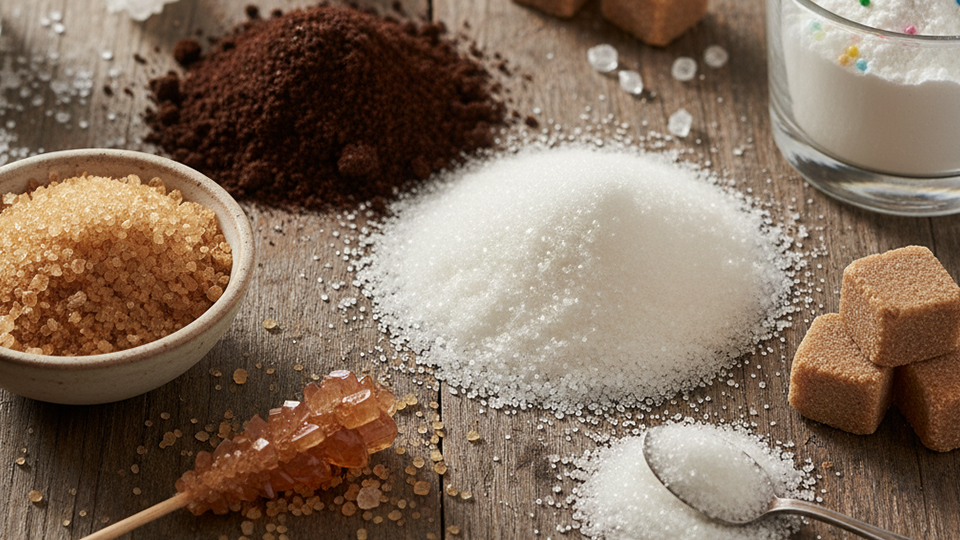Menopause, and post-menopause, are often said to lead to weight gain, decreased muscle mass, and weak or brittle bones in aging women. Not only is this not an accurate fact of menopause, it is also not a guarantee. In fact, strength-training is one of the leading ways for women to maintain, or increase, their muscle strength and bone health.
What is Strength Training?
Strength training, also known as resistance training, is exercise that uses weights, resistance bands, machines, or even your own body weight to challenge your muscles. By consistently applying resistance, your muscles adapt and grow stronger over time.
Beyond building strength, this type of training helps maintain and improve bone density, supports healthy metabolism, and enhances balance and coordination. Strength training can also boost mood, reduce stress, and improve overall mental wellbeing. Its benefits become even more important with age, as it helps prevent muscle loss, supports joint health, and promotes independence and vitality later in life.
Post Menopausal? Here’s Why You Should Strength Train
For women, menopause causes a drop in estrogen that can affect muscle mass, bone strength, and disrupt typical body composition.
There’s a proven way to slow down muscle loss after menopause and keep your body strong: strength training! Not only can it help prevent muscle loss, but it can also help you build new muscle, strengthen your bones, and boost your metabolism. This leads to a stronger body and more calories burned every day.
Quick fact: Did you know muscle burns roughly 3 times more calories than fat, even when you’re not exercising? While it’s not a huge difference per pound, building more muscle increases your overall calorie burn, improves strength, and supports long-term metabolism.
Where Should You Start?
There are many experts on strength training, and speaking to a personal trainer can be a great start. There are also plenty of online courses and workout routines you can use to guide your strength training.
Here are some examples to get you started:
Upper Body
- Push-Ups – A bodyweight exercise that strengthens the chest, shoulders, and triceps by pushing your body off the floor. You can start by using a wall or countertop if you aren’t strong enough for the floor yet.
- Overhead Press (Shoulder Press) – Pressing dumbbells or a barbell overhead to build shoulder and tricep strength.
- Bent-Over Rows – Use dumbbells to pull toward your waist, targeting back and biceps.
Lower Body
- Squats – Builds strength in legs and glutes; can be done with just bodyweight at first. Stand with feet shoulder-width apart, sit back like you’re in a chair, keep chest up and knees over toes, then push through your heels to stand.
- Lunges – Step-forward or backward movement strengthening the quads, hamstrings, and glutes.
- Glute Bridges – Lying on your back, lift hips to strengthen glutes and core.
Core
- Plank – Hold your body straight on forearms and toes to train core stability.
- Dead Bug – Lying on your back, lower opposite arm and leg for safe core strength.
Full Body
- Deadlifts (light to start) – Standing with feet apart, bend down and grasp a barbell in each hand. Keep your back straight and core engaged and stand up straight, squeezing your glutes, before you lower the barbells. Teaches proper lifting mechanics while strengthening legs, glutes, and back.
What You Need Outside the Gym
When strength training, it is important to be aware of the resources that can aid your journey to a stronger body. Equipment like resistance bands or free weights are essential. However, ensuring your daily routine outside of the gym is also key in helping you reach your goals. This includes having a nutritious, protein-rich diet, staying hydrated, and fueling your body.
Before workouts, food like oatmeal, bananas, and protein shakes are best. It is important to get your fill of muscle-promoting compounds like protein and creatine through your daily diet and added supplements.
What’s the difference?
- Protein is made up of amino acids and is used by the body to build and repair muscle, skin, hair, and other tissues. Examples: whey, casein, soy protein.
- Creatine is a compound naturally found in your muscles (and in foods like red meat). It helps produce energy during short, intense bursts of activity like lifting weights or sprinting.
They work differently: protein supports muscle building and recovery, while creatine boosts energy and performance during workouts. So, it’s important to incorporate them into your life while strength training and beyond.
Products like Isagenix’s Creatine and IsaLean® Performance Protein are two items made for building and maintaining muscles and strength, and they can ensure you are fueled during and after your strength training work outs.†
How do I Maintain My Strength When Outside the Gym?
After strength training sessions, meals with both protein and carbohydrates help your muscles recover. For example, you could enjoy avocado toast with eggs for a nourishing post-workout meal. Or try this delicious smoothie recipe instead:
Peanut Butter Banana Shake
Nutrition: 303 calories, 7 g fat, 34 g carbs, 10 g fiber, and 27 g protein
Ingredients:
- 1 serving Isagenix IsaLean Protein Shake, Creamy Dutch Chocolate or Creamy French Vanilla
- 1/3 banana
- 1 tablespoon powdered nut butter
Directions:
- Add water, ice, shake powder, banana, and powdered nut butter to a blender cup.
- Blend until combined completely.
- Enjoy!
Staying hydrated during strength training is essential for both performance and recovery. Water helps regulate body temperature, keep joints lubricated, and transport nutrients to your muscles. Even mild dehydration can reduce strength, endurance, and focus, so it’s important to drink water before, during, and after your workout.
Quick tip: As a general rule, men need about 100 oz of water per day and women should get about 74 oz.
For longer or more intense sessions, adding an electrolyte drink can help replace minerals lost through sweat and keep your body balanced. Hydrate + Hyaluronic Acid keeps you hydrated, glowing, and ready for workouts with its mix of essential electrolytes, hyaluronic acid, and vitamins.
Clear Protein is a refreshing way to also stay hydrated. Packed with essential electrolytes, 20g of protein, and naturally occurring amino acids, this calorie-conscious drink helps you stay hydrated while supporting weight loss. Perfect for muscle recovery and daily energy.
As you can see, menopause does not have to mean your muscle mass disappears or your bones lose their density. Through strength and resistance training, properly hydrating, and maintaining a nutritious and fulfilling wellness routine, you can even gain muscle mass and bone strength as you enter menopause and beyond.
†These statements have not been evaluated by the Food and Drug Administration. The products discussed are not intended to diagnose, treat, cure, or prevent any disease.





